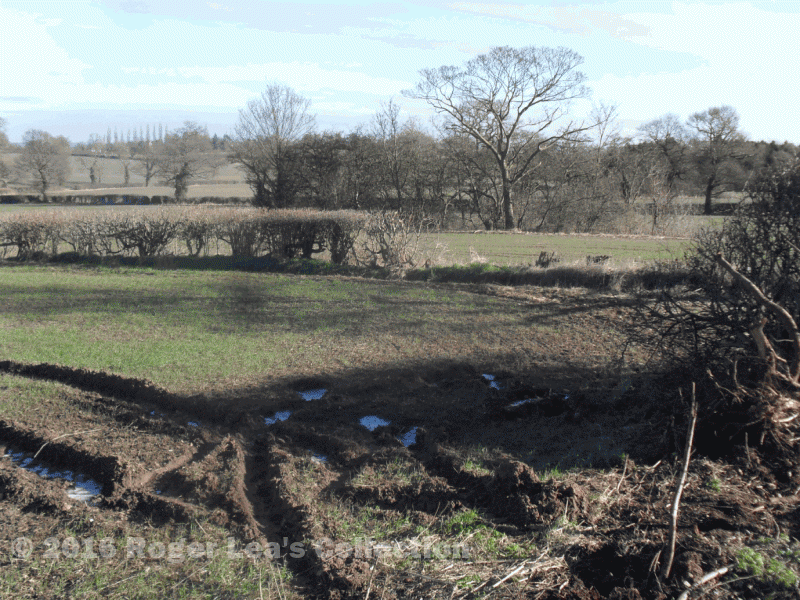When King Henry I gave Sutton to the Earl of Warwick in 1126, he included a large section of the Forest of Kank. Forests included all kinds of country - woods, fields, open commons and villages - subject to strict laws designed to preserve the game animals for the King. Only kings were allowed to have Forests; when the Earl of Warwick became the owner of the part of the Forest of Kank bounded by the River Tame and extending north to Shenstone and west to Walsall, it became known as Sutton Coldfield Chase, although the strict forest laws still applied.
There were vast expanses of open country in Sutton Chase in 1126, but as time went on the population grew, and so did the demand for new land to be brought into cultivation. Unfortunately clearing new land in Sutton Chase was against the law of the forest, and anyone doing so appeared in the Earl’s court and had to pay a fine. However, the culprit was allowed to keep the new land, known as an assart, paying an annual rent, while the Earl’s income was increased, so everyone was satisfied. Not quite everyone - people who previously had grazing rights over the assarted land sought compensation.
It is sometimes assumed that assarts were small amounts of land taken in by poor peasants, but a number of thirteenth century Sutton documents show the opposite. An agreement of November 3rd 1240 between Henry de Ascelis and Thomas de Newburgh, Earl of Warwick, settles Henry’s grievance over loss of grazing because of the Earl’s assarting. It cites assarts made by William de Ebriteston, John le Ferrur, Adam de Berhull, Simon de Bereford, John Coket, Walter Fundu, Richard le Forester, William of Covintre, Robert Cleed, Geoffrey of Warmeley, and John Fisher, all wealthy landowners. The Earl agrees not to allow any more assarting in the remaining wooded countryside to the east of Sutton, except for 10 acres by William de Hull, 4½ by William de parco, 6 acres by Alexander de Cruddeworth, 10 by Nicholas de Cruddeworth, and 4 acres by Walter de Bereford - this shows how extensive the assarts were, probably covering hundreds of acres - another document refers to assarts of the Sutton measure of twenty acres.
Earl Thomas compensates Henry for the loss of grazing for his cattle by excusing him from the feudal service of three days a year working in the Earl’s chase previously owed, and by granting him a large assart of his own in Burhale, subject to an annual rent of twenty pence. The agreement is said to be made to compensate Henry and also the Parson of Wishaw for the loss of the herbage which they customarily used to have “in bosco predicti comitis” - in the woods of the said Earl. Fifteen top Warwickshire squires witnessed the agreement; the document does not survive, but the Earl’s officials copied all such deeds into a huge book, known as the Warwick Castle Cartulary.
